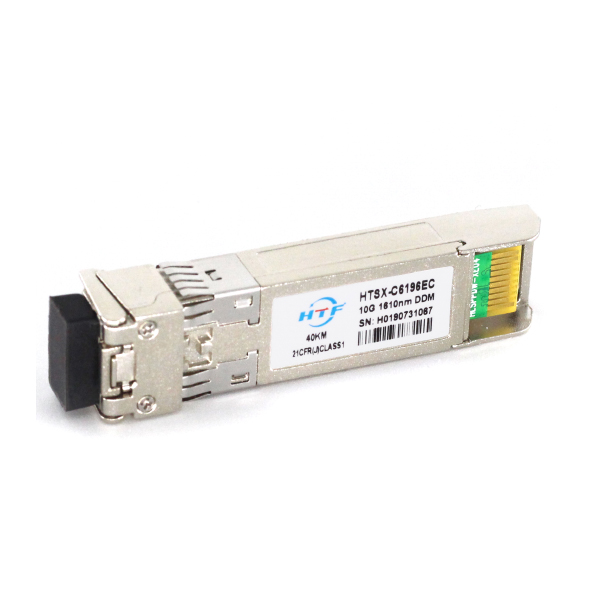Optical modules are optoelectronic devices that perform photoelectric and electro-optical conversion. The transmitting end of the optical module converts the electrical signal into an optical signal, and the receiving end converts the optical signal into an electrical signal. Optical modules are classified according to the package form, and the common ones are SFP, SFP+, SFF, Gigabit Ethernet Interface Converter (GBIC), etc.
Optical modules are mainly divided into: GBIC, SFP, SFP+, XFP, SFF, CFP, etc. Optical interface types include SC and LC. However, SFP, SFP+, and XFP are commonly used now, not GBIC. The reason is that GBICs are bulky and easily broken. And ""The SFP that is commonly used now is small and cheap.
Type: single-mode optical module is suitable for long-distance transmission; multi-mode optical module is suitable for short-distance transmission.
Function: Optical modules are used as carriers for transmission between switches and devices, which are more efficient and safer than transceivers.

The main function of the integrated optical transceiver module is to realize photoelectric/electro-optical conversion, including optical power control, modulation transmission, signal detection, IV conversion, and limiting amplification, decision regeneration, and anti-counterfeiting information query, TX-disable and other functions. There are: SFP, SFF, SFP+, GBIC, XFP, 1x9, etc.
In addition to the photoelectric conversion function, the optical repeater module also integrates many signal processing functions, such as: MUX/DEMUX, CDR, function control, performance energy collection and monitoring functions. Common optical transponder modules are: 200/300pin, XENPAK, and X2/XPAK, etc.
Optical transceiver module, English name transceiver, referred to as optical module or optical fiber module, is an important device in the optical fiber communication system.

